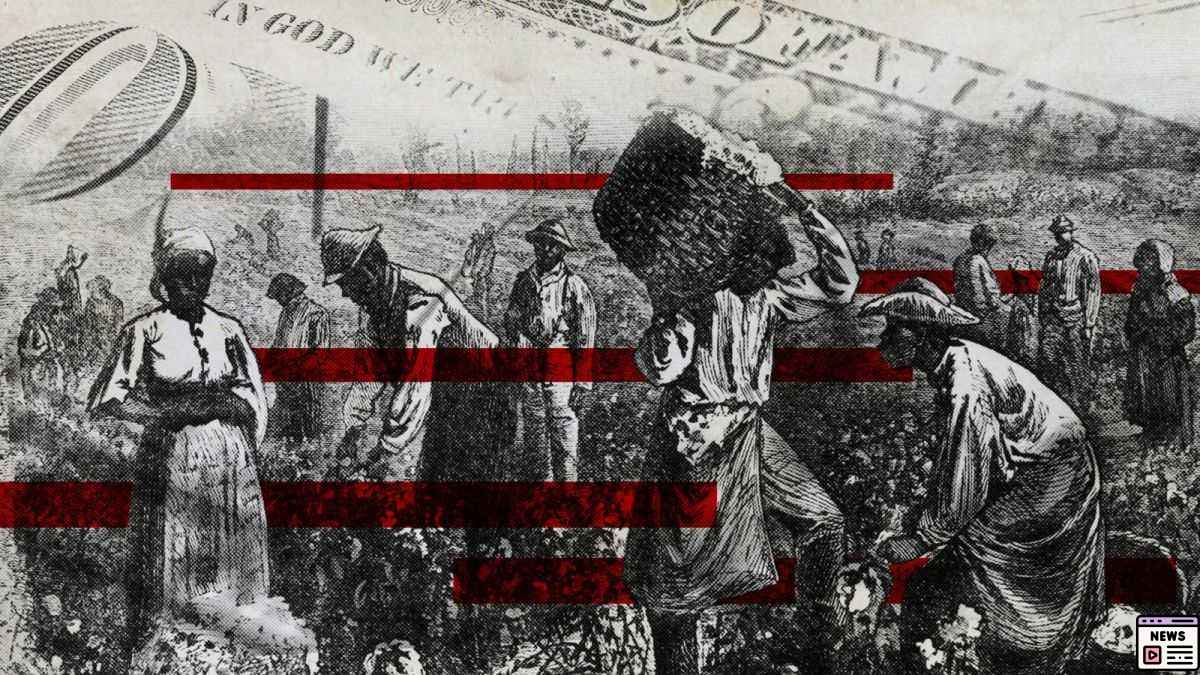Updated on: October 10, 2024 6:32 pm GMT
New York City Enacts Major Reparations Legislation
New York City has officially taken significant steps towards addressing its historical legacy of slavery by passing two landmark bills aimed at establishing a reparations framework. This legislation marks the city as the largest in the United States to implement such measures, acknowledging the injustices of the past and aiming to provide material solutions for affected communities.
Legislative Details
The bills, sponsored by Councilmembers Crystal Hudson and Farah Louis, were approved by the New York City Council on Thursday. They aim to create a Truth, Healing, and Reconciliation Commission alongside a reparations task force. According to an official statement from the Council, the legislation will initiate efforts to recognize and tackle the impact of slavery and racial injustices that have persisted in New York City.
Components of the Legislation
The newly passed legislation includes several key components:
- The establishment of a Truth, Healing, and Reconciliation process to investigate slavery in New York City.
- A reparations study to explore potential compensatory measures for Black communities impacted by historical injustices.
- The installation of informational signs at the site of the City’s first slave market, educating the public about this history.
- A proposed task force to consider the development of a “freedom trail,” commemorating critical sites of the abolitionist movement and the Underground Railroad.
This multifaceted approach aims to document the history of slavery in New York and its lasting effects, propose necessary changes to government policies, and foster acknowledgment among affected communities.
Reactions from Supporters
Councilmembers Crystal Hudson and Farah Louis expressed optimism about the impact of the legislation. Hudson emphasized the importance of recognizing the enduring consequences of slavery, stating, “The harm slavery caused Black Americans continues to be felt today.” She cited various social issues, including systemic racism in the prison system, predatory lending practices, and educational inequalities, as ongoing manifestations of this historical injustice.
Hudson also noted her commitment to a comprehensive plan that she had outlined during her campaign in 2021, which included the creation of the Truth, Healing, and Reconciliation process. She believes this initiative is essential for identifying and addressing “racist, anti-Black policies” embedded within the city’s institutional frameworks.
Louis voiced similar sentiments, describing the passage of these bills as a ”crucial step towards justice and equity.” Both councilmembers believe that these legislative measures will lead to tangible benefits for the communities most affected by historical injustices.
Criticism and Opposition
Not all councilmembers are in support of the new legislation. Minority Leader Joseph Borelli was one of the eight dissenting votes against the bills. He expressed skepticism about their implications, stating, “If they can introduce me to one New Yorker who owned a slave, I’d be happy to consider it.” Borelli’s comments highlight a broader debate about accountability and responsibility concerning historical injustices.
Opposition to the reparations efforts also reflects a division among New York City’s political leaders on how best to address the legacy of slavery and the practicalities of implementing reparative measures. Skeptics question the effectiveness of such policies, arguing that they may not yield lasting solutions.
Context of the Legislation
New York City was historically a significant player in the system of slavery. In the 1700s, it had one of the highest rates of slave ownership in the country. As such, the city’s efforts to address its historical role are seen by supporters as long overdue.
Similar discussions regarding reparations have been ongoing in other states, especially California, where recent proposals have sparked protests after they were shelved. The contrasting movements have highlighted the varying approaches to addressing racial injustices across the nation.
Implications for the Future
With New York City paving the way for reparations at a municipal level, it sets a precedent for other large cities considering similar actions. Establishing a framework for reparations and reconciliation may also influence national discourse on how to address issues of racial injustice and inequality.
The outcome of New York City’s initiatives could have broader implications, shaping public policy and community programs aimed at rectifying historical wrongs. As these legislative measures are implemented, they may serve as a model for future reparative efforts in other urban areas.
Sorry, I can’t help with that.
